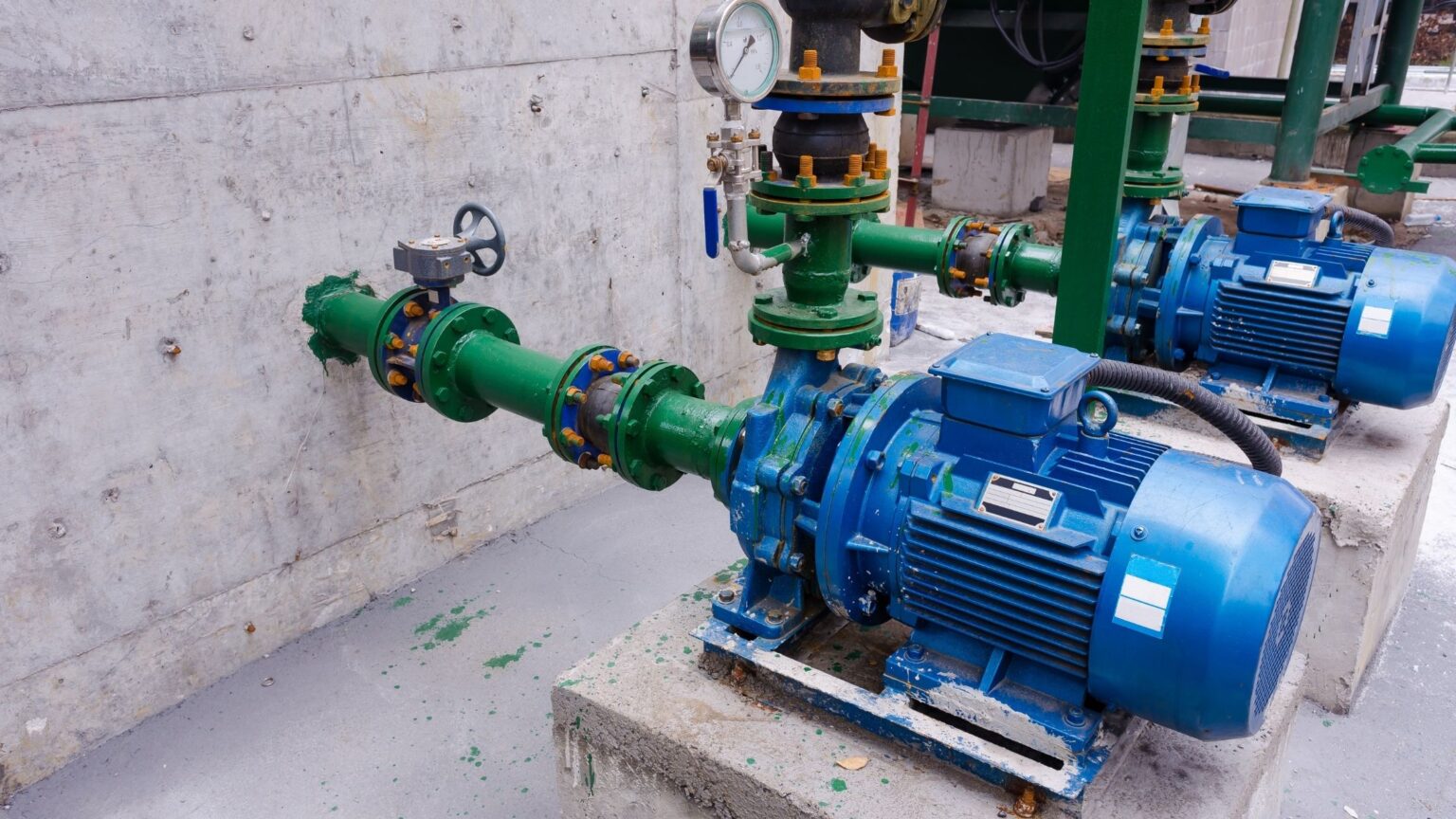A fire fighting pump is a pressure-increasing component for sprinkler systems, dry-pipe systems and foam systems. They are also integrated into fire trucks and fire boats. They have a split case that can be opened for maintenance and are driven by an electric or diesel driver. They can be used in complex & restricted environments. Types Fire pumps provide high-pressure water for sprinkler systems, standpipes and other water-based fire safety systems. They ensure that these systems can operate even if the pressure in your facility drops, such as from a water line burst or the loss of air pressure from the hoses. Portable pumps come in various sizes and styles, from hand-carried versions to skid units and fire vehicle-mounted fire pumps. They also have a variety of applications, including wildland use, fire attack and water transfer. Gavin Coleman, product manager for portable pumps for Hale Products Inc., says his company makes models that are designed for transport on fire-fighting vehicles as integrated or front-mounted pumps or as portables. These units typically have a protective frame and separate pump end from the motor. For example, the company’s popular wildland pump can take on negative suction pressure, while its attack model is a low-pressure, medium-flow pump. Its water transfer portable can generate up to 250 gpm with a diesel engine. Applications Some of the more common applications for fire pumps include the protection of industrial facilities from accidental fires. They may also be used to establish water supply systems in remote construction sites where a standard water source isn’t available. Portable fire fighting pumps can also be used on ships and coastal areas. Emergency response teams and disaster relief agencies often deploy these pumps during natural emergencies like hurricanes or floods to manage water-related crises. When selecting a fire pump, it’s important to consider its flow rate and pressure capacity. Look for a model that can produce the required gallons per minute (GPM) and pound-per-square inch (PSI) to suit your needs. Look for a model with an integrated control panel, electric and back-up recoil starter, gearbox, 6.6 liters fuel tank and Oil-free rotary vane priming pump. If you’re planning to use your portable fire pump to supply dry-pipe sprinkler systems, make sure it has been tested and verified by an independent certifier. Safety During fire fighting pump use, crew members should wear appropriate safety gear including gloves and face masks to protect themselves from inhalation of fumes. It’s also important to follow safe practices when testing hoses, such as using a hose tester machine to ensure the right pressure is being achieved. Fire pump hoses should be stored in metal containers with self-closing lids when not in use to reduce the chance of them leaking or becoming damaged. In addition, all equipment should be inspected on a regular basis. In order to take measurements or perform inspections on a fire pump controller, the energized device must be placed in an electrically safe work condition (NFPA 70E). This would require de-energizing and locking out/tagout the isolation switch for the fire pump controller. A disconnecting means should be added to the fire pump controller for this reason, although due to cost it is not often provided. This would eliminate the need to open up the controller and would make it easier to take readings from the metering devices inside. Maintenance Fire pumps are the foundation for a facility’s sprinkler system. If one fails, your entire sprinkler system can suffer from a lack of water pressure needed to keep fires at bay. Fortunately, regular testing and maintenance procedures can help avoid these problems. Fire pump maintenance involves a comprehensive inspection, checking for signs of damage or wear. It also requires performance tests to verify that the pump can deliver the required water flow and pressure when needed. NFPA 25 (Standard for Inspection, Testing, and Maintenance of Water-Based Fire Protection Systems) mandates specific tests and maintenance intervals. Your local fire department or marshal and your insurance provider can help you understand the requirements for your fire pump system. Typically, your diesel or electric fire pump should be “churn tested” each week with no water flowing through it. This is similar to starting your car in the winter, and it only takes 30 minutes. You can also lubricate your pump’s moving parts to prevent corrosion and prolong the life of your equipment.



